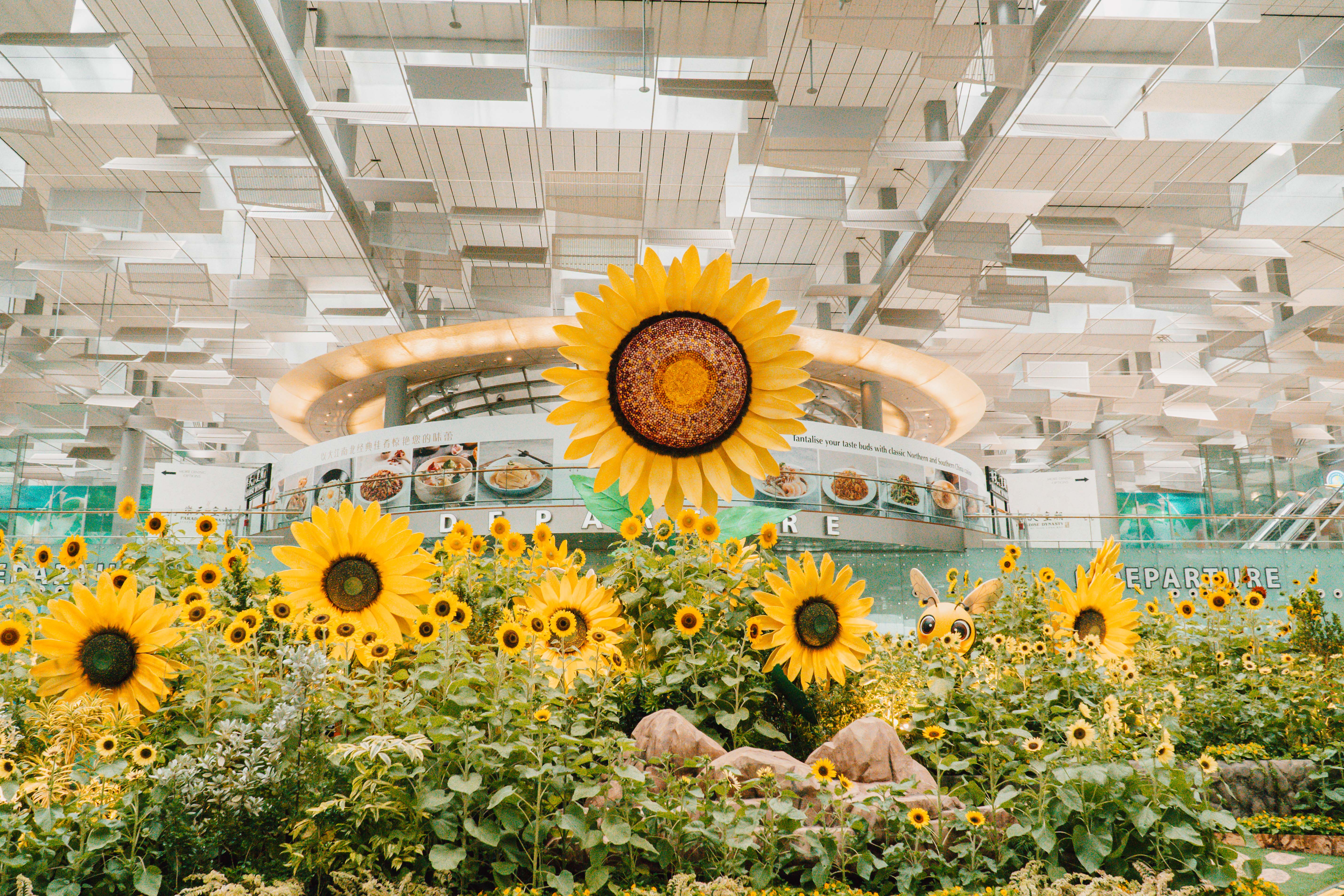


Changi Airport launched its first-ever flower-themed showcase, "A Sunflower Sojourn”, on 30 August 2024. This month-long event features over 5,000 real sunflowers on display around Changi at any given time. Since sunflowers typically last only about a week after blooming, they need to be replaced almost weekly to keep the displays vibrant and fresh for visitors throughout the event.
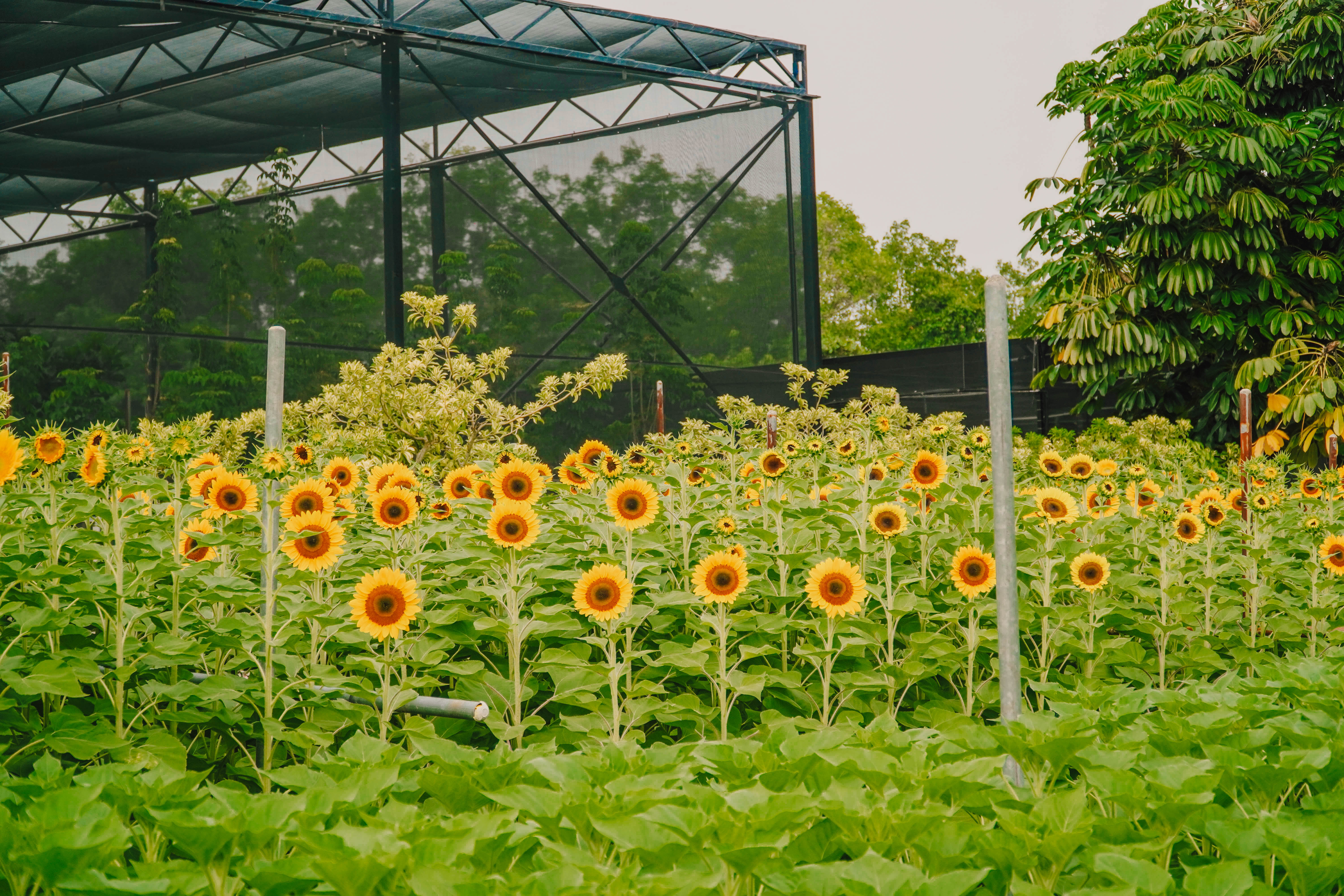


Sunflowers starting out at Changi Airport’s plant nursery
To meet this challenge, Changi Airport’s horticulture team embarked on a journey to prepare 14,000 sunflowers over three months to maintain the showcase. And like most plants at the airport, all the sunflowers were grown in Changi’s own plant nursery.
Taking it up a notch



The horticulture team is well-acquainted with sunflowers, having managed their growth and care since the opening of Sunflower Garden in Terminal 2 over 20 years ago. However, unlike the garden, which requires growing about 1,000 sunflowers a month, the massive scale of A Sunflower Sojourn demanded a fourfold increase in what’s typically grown.
“Not all seeds will bloom perfectly or even at all,” explains Nikkole Ng, who is one of Changi Airport Group’s horticulturist involved in the project. “Therefore, growing such a large number of sunflowers also acts as a buffer to account for these variables.”
Additionally, while the Sunflower Garden only features the distinctive bright yellow Sunrise — A Sunflower Sojourn showcases over 10 different sunflower varieties.
“There are two main reasons for growing many varieties,” Nikkole elaborates. “Beyond just aesthetics, it helps safeguard against plant diseases. With such a major event, we can’t afford a total wipeout of our sunflower crops. The diversity will help to protect against disease by limiting its spread.”
From seed to bloom



Sowing sunflower seeds into seed trays, where they will take about a week to germinate into seedlings
As it takes two months to reach full bloom, the first batch of 6,000 seeds was sown at the start of July. However, preparations began as early as January, with trials of new varieties such as the taller-than-average Titan and the bright yellow Sunbuzz, which are not typically grown in the nursery. These trials are crucial for evaluating how well these varieties adapt to the nursery's specific environment. They can also help assess performance factors such as growth rate and flower size.



Trays of seedlings.
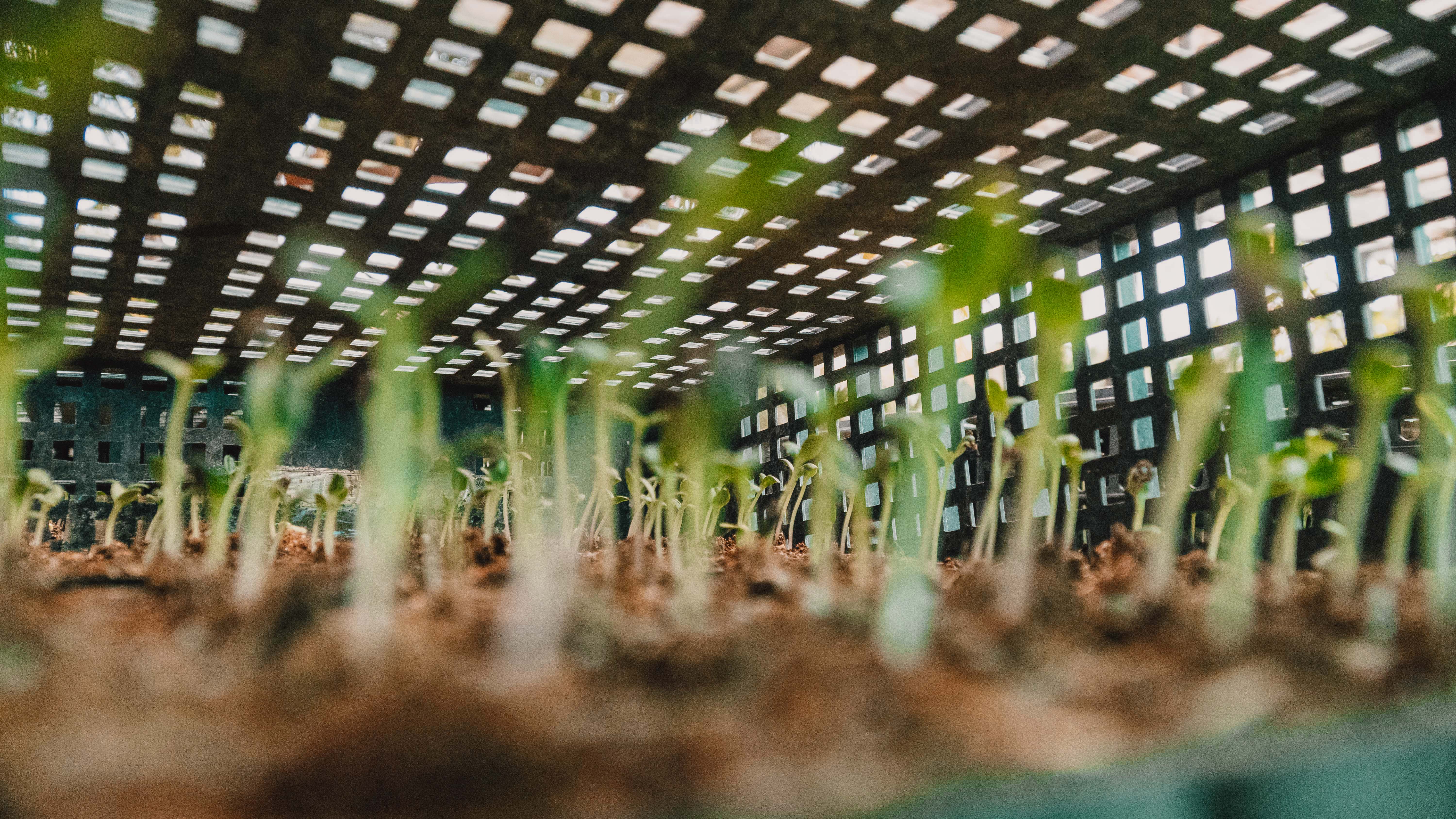


Seed trays are placed under covers to prevent damage.



When ready, seedlings are transferred into polyurethane bags filled with nutrient-rich soil to support root growth.



After 14 days, seedlings become saplings and have distinctive green leaves.
As the saplings grew green leaves, they became a target for insects such as whiteflies and caterpillars, which may come from the nearby creek. Typically, the team relies on conventional pesticides, which involve spraying the plants. However, with the large volume of saplings, they took the opportunity to trial alternative methods. Instead of spraying, they tested pesticide pellets that dissolve into the soil when watered.



55 days after sowing, the first signs of the vibrant flower emerge.
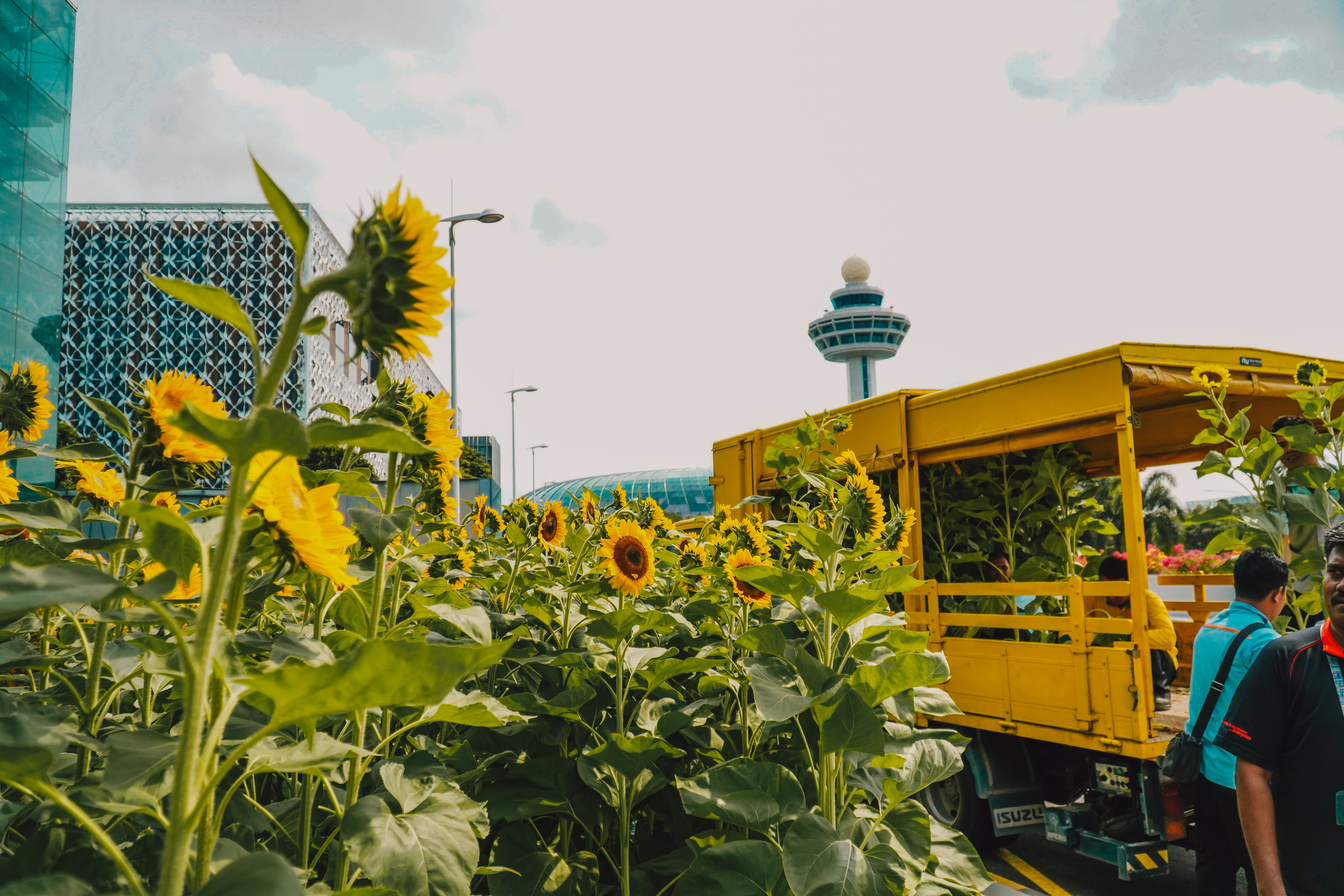


Sunflowers trucked to Changi Airport before being moved into the terminals as part of the displays
On 26 August, the first batch of flowers made their way to Changi Airport. Although some were only three-quarters of the way bloomed, they were brought to the terminals in anticipation that they would fully open within the next two to three days, perfectly aligning with the launch of A Sunflower Sojourn. This impeccable timing was not by chance but the result of meticulous and careful planning and execution by the team.
Nothing goes to waste
Once the displayed sunflowers begin to wither, they are removed from the public eye. But the journey of these flowers doesn't end there. As part of sustainability and eco-friendly practices, withered sunflowers are repurposed instead of discarded. The sunflowers are brought back to Changi’s nursery where they are ground into mulch.
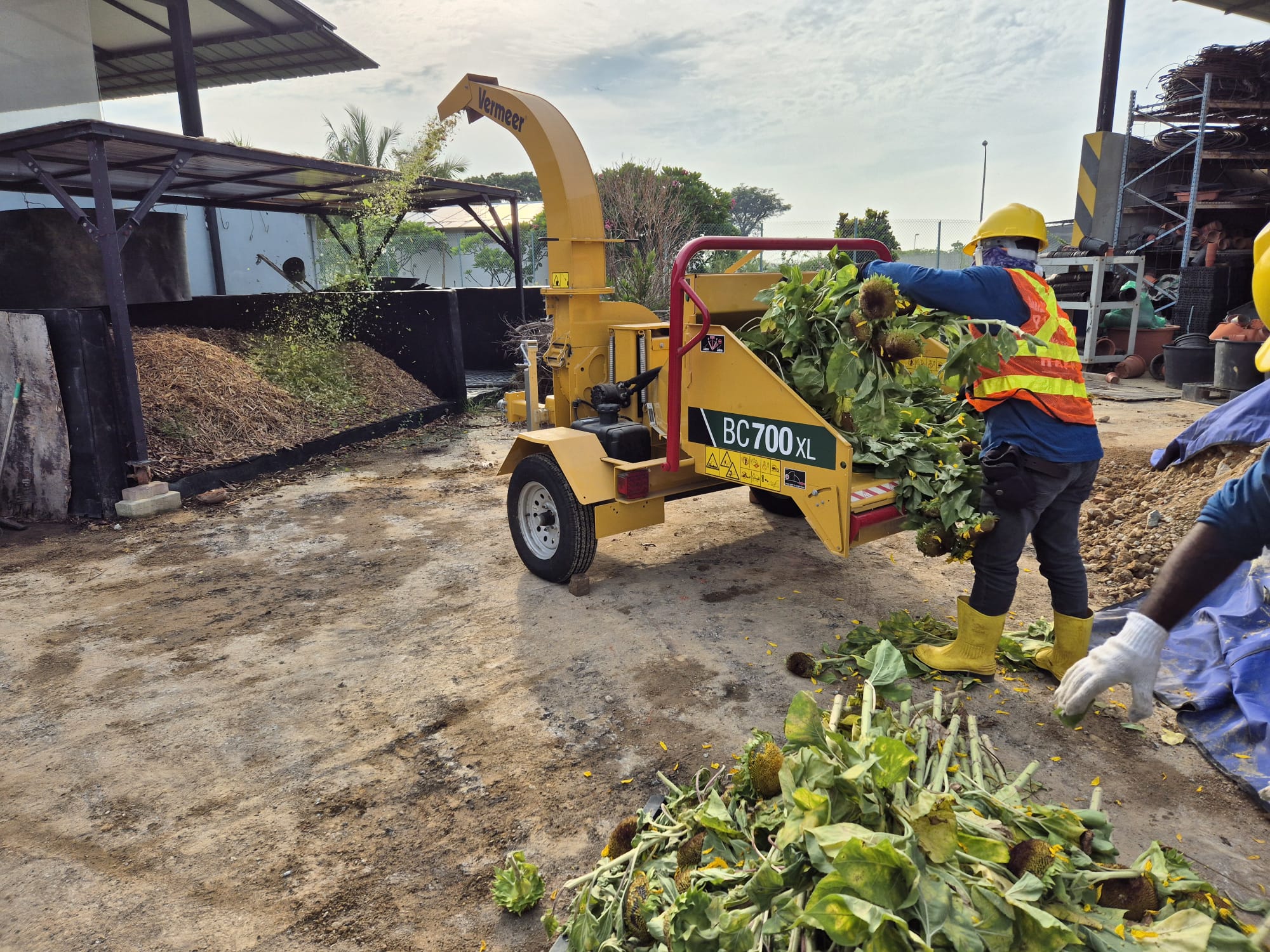


Sunflowers are fed through a grinding machine to be turned into mulch.



Fresh mulch that will be converted into nutrient-rich soil amendment through natural decomposition.
The mulch is then left to compost for two to three months, during which it fully breaks down. Once composted, it is used as a natural fertiliser for the plants around Changi.
While A Sunflower Sojourn captivates visitors at Changi Airport, behind the scenes, it also offers opportunities for the horticulture team to innovate. This includes experimenting with new varieties in the nursery and exploring alternative pest control methods. The dedication to innovation and excellence reflects Changi’s continual commitment to exceeding its own standards, all in the pursuit of delivering exceptional experiences for visitors and passengers.
Other Articles
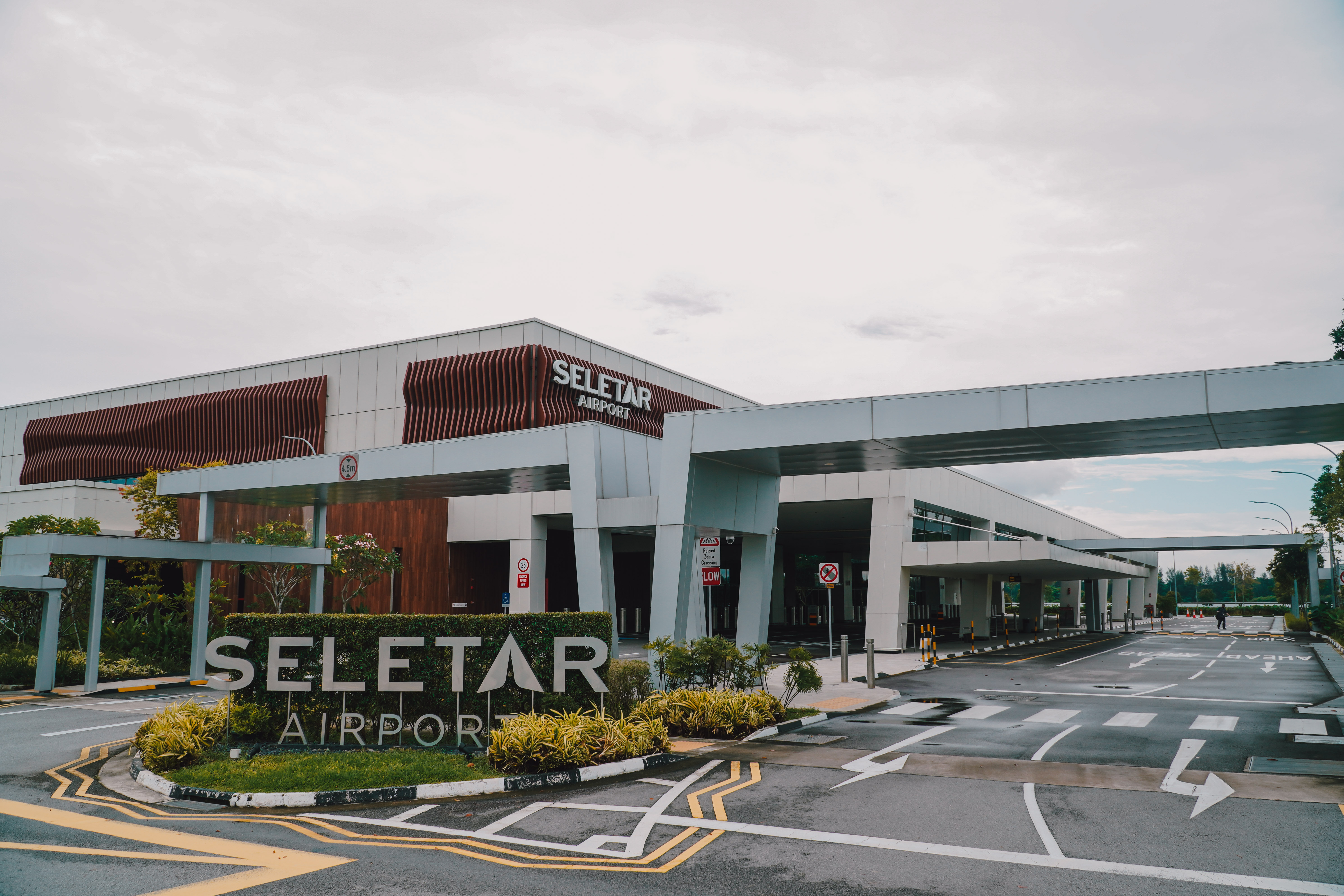
Exploring XSP – an intro to aviation at Seletar Airport
It may be the smaller of Singapore’s two civilian airports, but like Changi, Seletar Airport is also a hub of aviation activity. Learn more about the many different types of flights that Seletar handles.
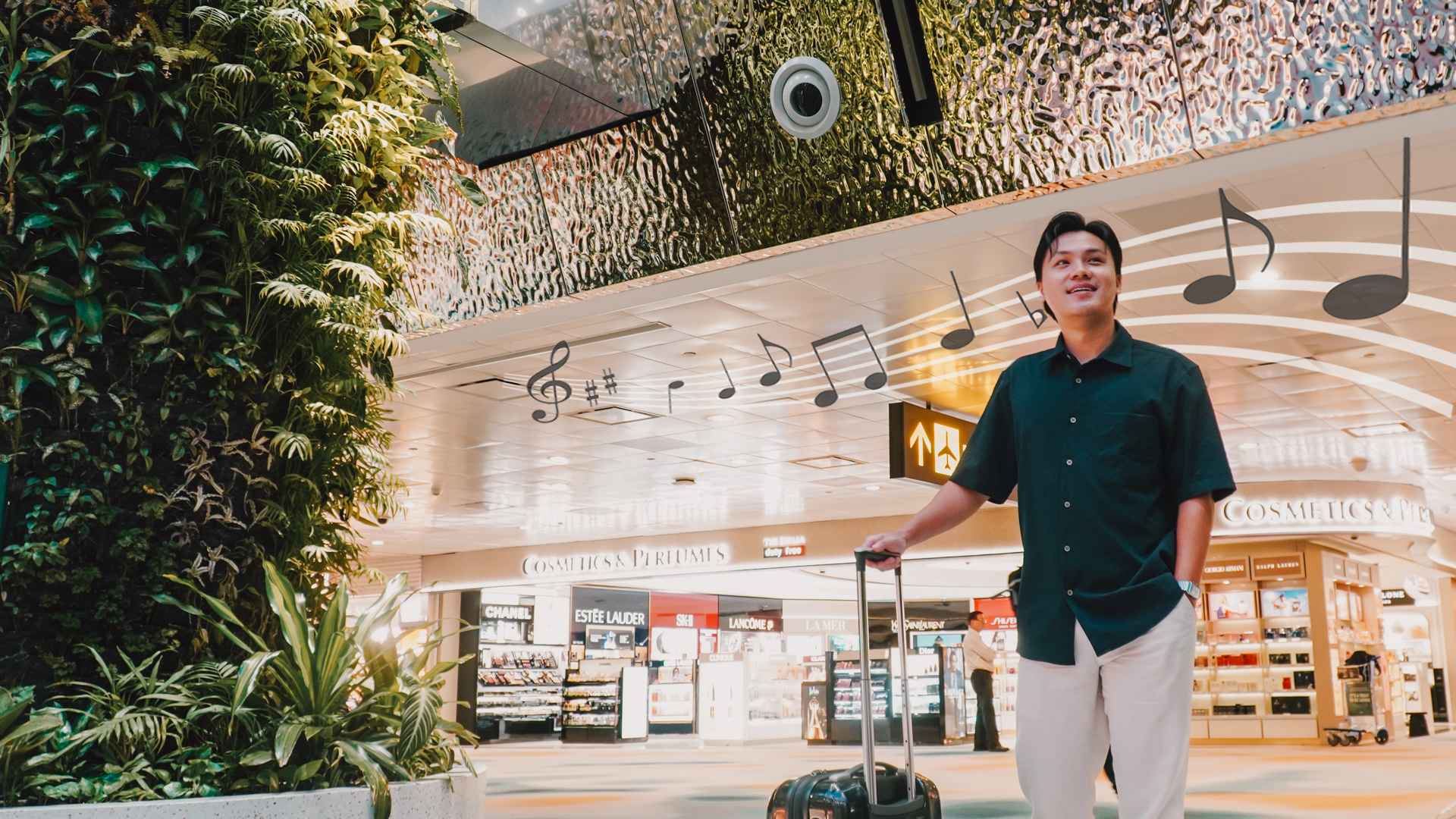
How music sets the tone for the Changi Experience
The music in Changi's terminals may not ring a bell, but did you know that this was all carefully thought out? Learn how our playlists are curated to bring the Changi Experience to travellers.

On LinkedIn@ChangiAirport
Catch a glimpse of AirAsia’s new “Love, Singapore” aircraft livery, featuring iconic Singaporean sights like the Supertree structures and adorable animal friends from the Mandai Wildlife Reserve.


